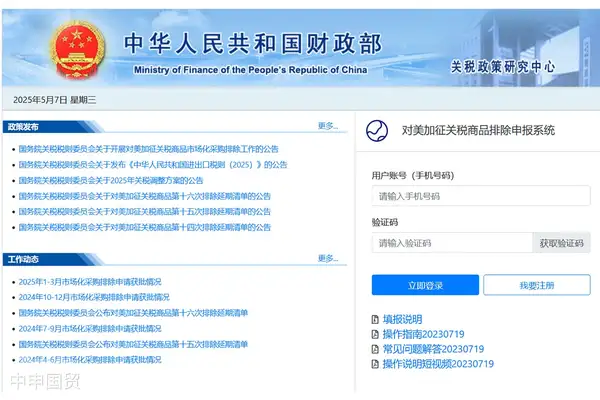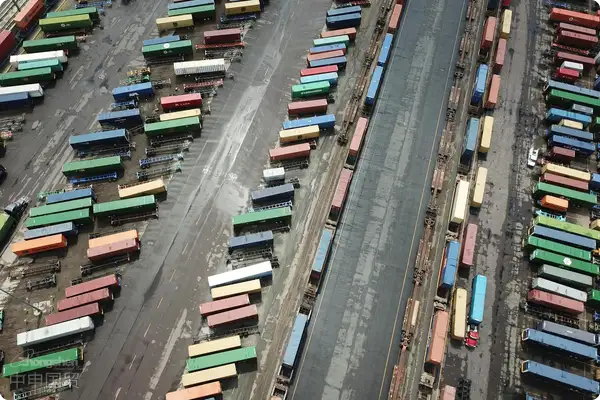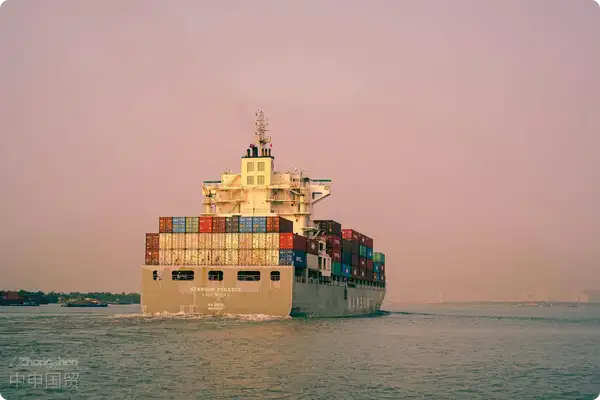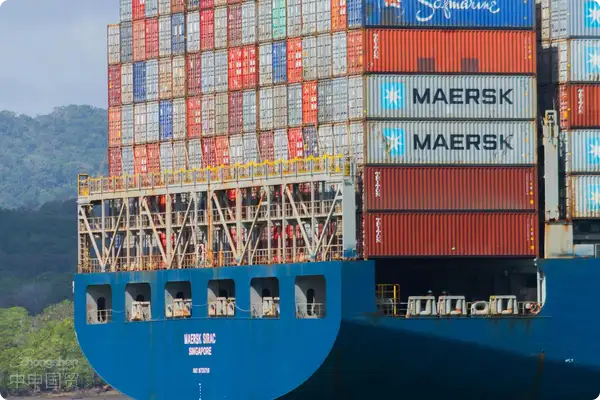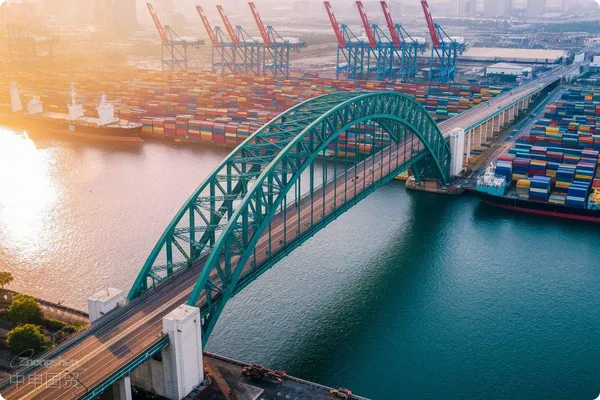- Shanghai Zhongshen International Trade Co., Ltd. - Two decades of trade agency expertise.
- Service Hotline: 139 1787 2118
Inside the warehouses of the US Customs and Border Protection (CBP), millions of small - value parcels from China are piled up like mountains, a scene that vividly depicts the sharp turn of the Trump administrations tariff policy. From signing an executive order on February 1 to cancel the tariff exemption for cross - border parcels worth less than $800, to urgently suspending the new regulation on February 7, the policy reversal within just seven days not only led to logistics paralysis but also exposed the deep - seated contradictions in the US trade regulatory system. According to CBP internal documents, as of February 6, the total number of backlogged parcels at major US ports exceeded 1.5 million. The X - ray inspection equipment at the Los Angeles Customs malfunctioned due to over - operation, forcing the activation of manual sorting channels.
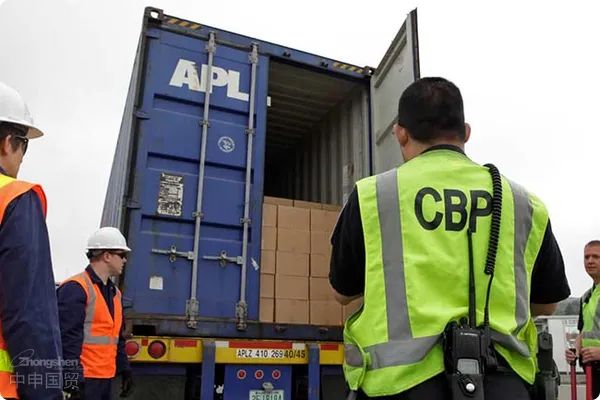
The core of this storm points directly to the de minimis tariff exemption system—a decades-old policy that allows small-value goods to bypass formal customs declarations, supporting platforms like Temu, Shein, and AliExpress.Cross-border E-commerceThe inadequacy of regulatory capabilities was fully exposed in this crisis. A CBP official anonymously revealed that the existing system can only handle the declaration needs of 3 million parcels per day, while the daily declaration volume suddenly increased to 5 million after the implementation of the new regulation. Whats more difficult is that about 35% of cross - border parcels lack compliant electronic data and require manual data entry, which is a disaster for the customs team that is already 15% understaffed due to heavy border control tasks. James Huang, legal counsel of the International Freight Association, warned: This is not a simple policy adjustment but an extreme stress test of the entire trade infrastructure.,Air TransportationThe response strategies of Chinese sellers have quickly diverged. Some merchants have started to shift to the overseas warehouse model, stockpiling goods in advance in warehouses within the United States to avoid customs clearance risks. A senior executive of a cross - border e - commerce platform revealed that the rental consultation volume of its Los Angeles overseas warehouse skyrocketed by 300% during the policy fluctuations. Although the warehousing cost increased by 20%, it is still a better choice compared to the tariff uncertainty. This shift coincides exactly with the latest policy of the General Administration of Customs of China - the new cross - border e - commerce regulation announced on February 6 clearly states that goods in overseas warehouses can apply for tax rebates upon departure, injecting a shot in the arm for the model transformation. A leading overseas warehouse service enterprise estimates that if fully converted to the pre - placed warehouse model, the average logistics time of Chinese sellers may be shortened by 3 - 5 days.
The limitations of regulatory capacity have been fully exposed in this crisis. CBP officials anonymously revealed that the current system can only handle 3 million parcel declarations per day, while the new regulations have caused daily declarations to surge to 5 million. More棘手的是,约35%的跨境包裹缺乏符合要求的电子数据,需要人工补录信息,这对本就因边境管控任务繁重而缺员15%的半岛电竞官网入口在哪里 队伍堪称灾难。国际货运协会法律顾问詹姆斯·黄警告:This is not a simple policy adjustment but a极限压力测试 for the entire trade infrastructure.,
Chinese sellers应对策略迅速分化。部分商户开始转向海外仓模式,将货物提前囤积至美国境内仓库以规避清关风险。某跨境电商平台高管透露,其洛杉矶海外仓的租赁咨询量在政策波动期间暴涨300%,虽然仓储成本增加20%,但相比关税不确定性仍是更优选择。这种转变恰好契合中国半岛电竞官网入口在哪里 总署的最新政策——February 6公布的跨境电商Export DrawbackThe new regulations clearly state that goods in overseas warehouses can apply for tax rebates upon leaving the country, injecting a shot in the arm for the model transformation. A leading overseas warehouse service enterprise estimated that if fully converted to the forward - warehouse model, the average logistics timeliness of Chinese sellers could be shortened by 3 - 5 days.
The Trump administrations policy摇摆引发多方博弈。暂停豁免被解读为给CBP争取系统升级时间的权宜之计,但其同步宣布的对华10%全面关税仍如达摩克利斯之剑高悬。摩根大通供应链金融团队分析,若豁免政策最终取消,单个小额包裹的清关成本将增加5-8美元,迫使客单价低于15美元的商品退出美国市场。这种冲击已反映在资本市场,拼多多美股股价在政策波动期间振幅达12%,Shein估值模型中被加入15%的监管风险折价。
Global logistics giants are redrawing their route maps. FedEx has quietly added cross-border land routes between China and Mexico,试图利用美墨加协定中的关税优惠条款迂回入美;马士基则加速布局越南-美国东海岸直航航线,以承接可能转移的产能。这种去中心化策略虽能分散风险,却推高了整体物流成本。波罗的海空运指数显示,中美航线运费在政策波动期内上涨18%,创下去年黑五季以来最大涨幅。
Related Recommendations
© 2025. All Rights Reserved. Shanghai ICP No. 2023007705-2  PSB Record: Shanghai No.31011502009912
PSB Record: Shanghai No.31011502009912
